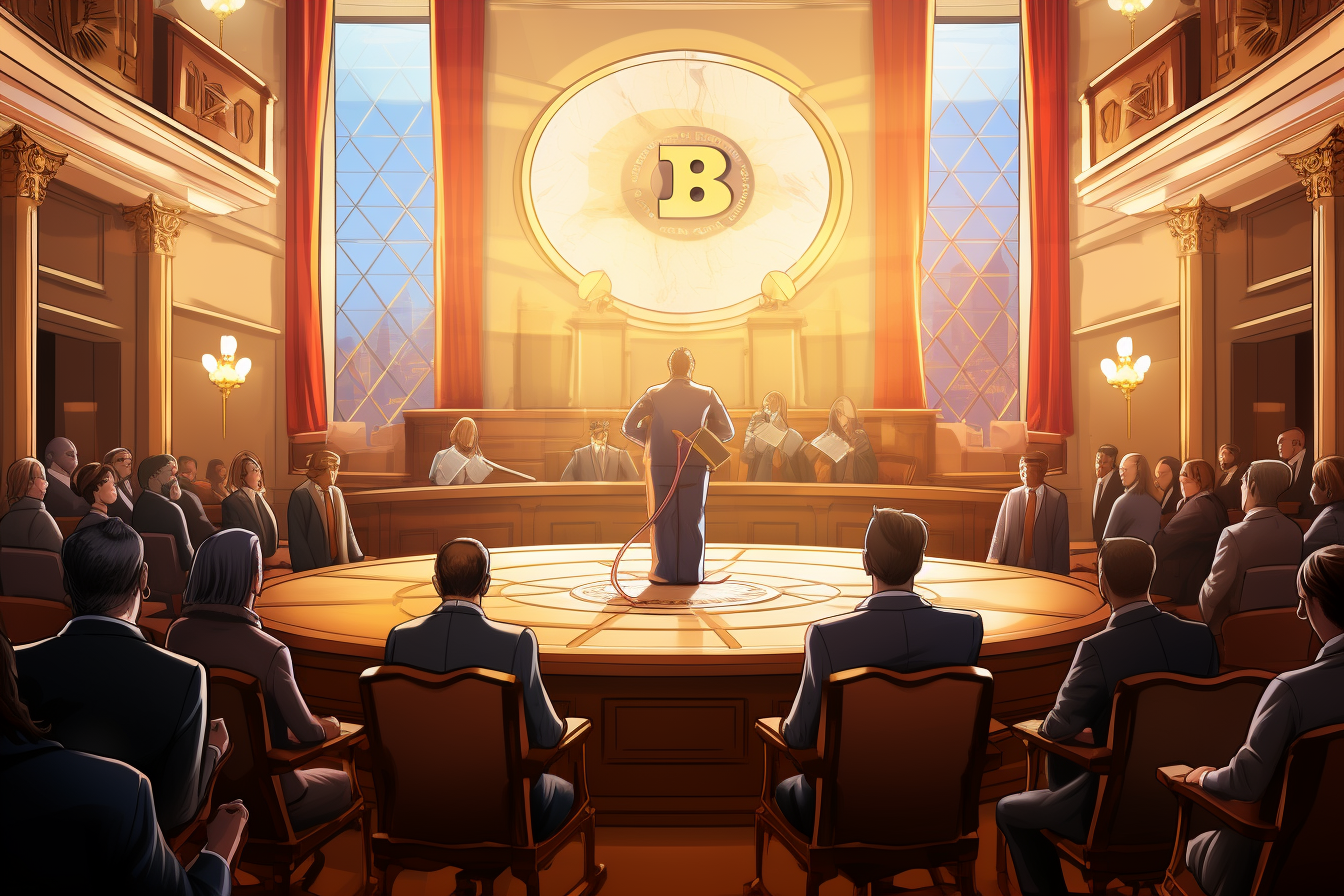Table of Contents
FTX is building its cash position by selling its crypto assets in order to repay customers who were burnt in its collapse.
Sam Bankman-Fried's crypto exchange had an estimated $8.7 billion shortfall when it filed for bankruptcy in 2022. Around $6.9 billion has been recovered since.
FTX and Alameda Research have doubled their cash pile from $2.3 billion in October 2023 to $4.4 billion by the end of the year. The firm raised another $1.8 billion by 8 December by selling some of its digital assets.
Earlier this month, FTX sold close to $1 billion worth of shares (22 million) in Grayscale's GTBC fund after the firm transformed it into a spot Bitcoin ETF.
Alameda Research also recently dropped its lawsuit against Grayscale after accusing it of "enriching itself at shareholders' expense" and charging high fees as well as preventing investors from redeeming their shares.
Additionally, FTX is conducting Bitcoin derivative trades to hedge exposure to the leading cryptocurrency.
The increase in FTX's cash pile has increased the value of customer accounts. Bankruptcy advisors have been striking deals to benefit impacted customers with smaller accounts.
On Friday, customer claims worth more than $1 million traded at around 73 cents on the dollar, up from 38 cents on the dollar in October.
However, FTX has warned that it does not expect customers to be fully repaid with FTX.com customers bearing greater percentage losses.
In February 2023, FTX Japan re-enabled withdrawals for customers who had their accounts frozen. FTX Japan paused withdrawals in November 2022 when FTX filed for bankruptcy along with its 134 subsidiaries. The Japanese subsidiary was only launched in June 2022. Crypto platform Liquid Japan, purchased by FTX in 2022, facilitated the withdrawal process.
Facing 110 years in prison, SBF's sentencing court date is set for 28 March 2024.










